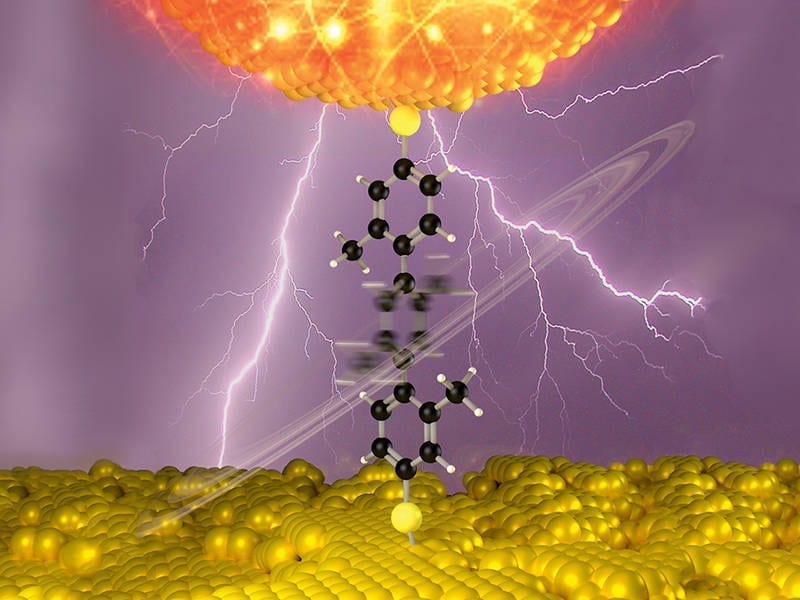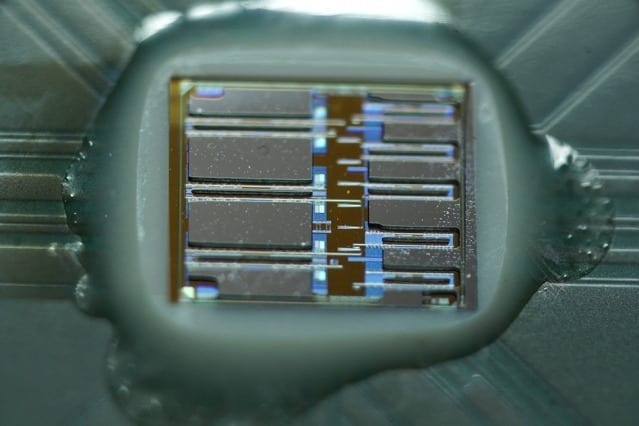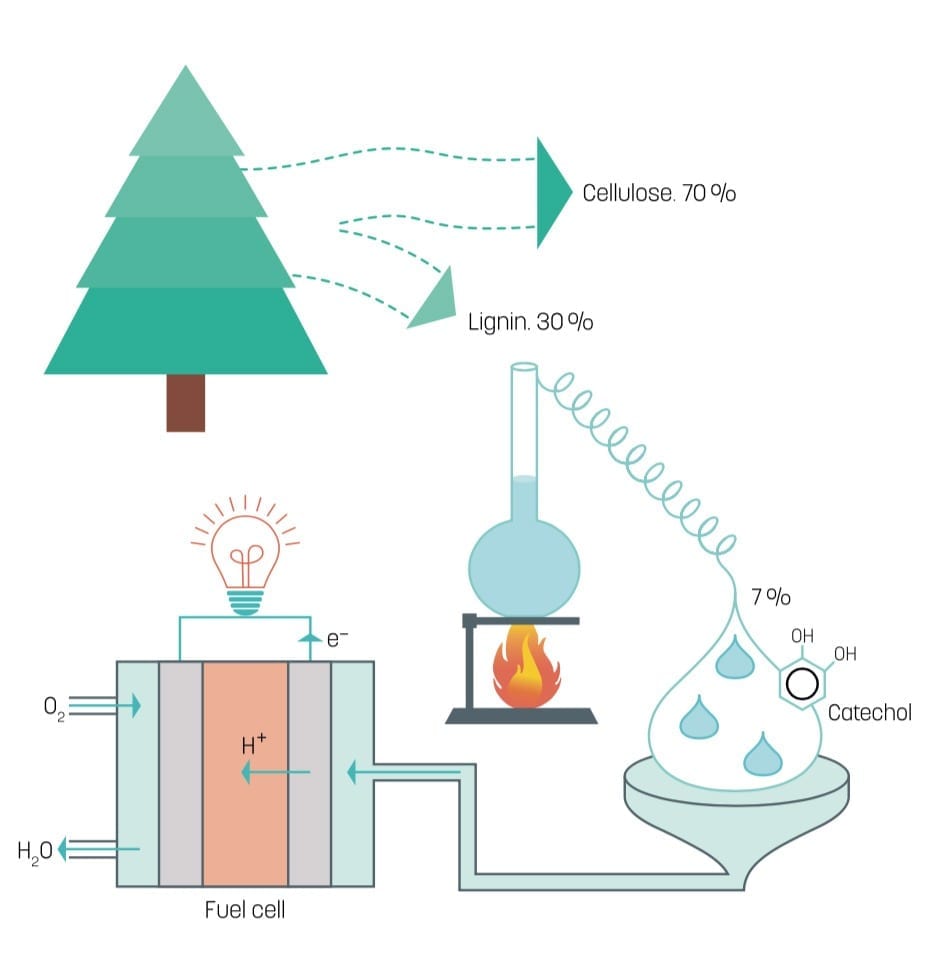
Molecular switch will facilitate the development of pioneering electro-optical devices
A research team led by physicists at the Technical University of Munich (TUM) has developed molecular nanoswitches that can be toggled between two structurally different states using an applied voltage. They can serve as the basis for a pioneering class of devices that could replace silicon-based components with organic molecules.
The development of new electronic technologies drives the incessant reduction of functional component sizes. In the context of an international collaborative effort, a team of physicists at the Technical University of Munich has succeeded to use single molecules as switching elements for light signals.
“Switching with just a single molecule brings future electronics one step closer to the ultimate limit of miniaturization,” says nanoscientist Joachim Reichert from the Physics Department of the Technical University of Munich.
DIFFERENT STRUCTURE – DIFFERENT OPTICAL PROPERTIES
The team initially developed a method that allowed them to create precise electrical contacts with molecules in strong optical fields and to address them using an applied voltage. At a potential difference of around one volt, the molecule changes its structure: It becomes flat, conductive and scatters light.
This optical behavior, which strongly depends on the structure of the molecule, is quite exciting for the researchers because the scattering activity – Raman scattering, in this case – can be both observed and, at the same time, switched on and off via an applied voltage.
CHALLENGING TECHNOLOGY
The researchers used molecules synthesized by a team based in Basel and Karlsruhe. The molecules change their structure in a specific way when they get charged. They are arranged on a metal surface and contacted using the corner of a glass fragment with a very thin metal coating as a tip.
This serves as an electrical contact, light source and light collector, all in one. The researchers used the fragment to direct laser light to the molecule and measure tiny spectroscopic signals that vary with the applied voltage.
Establishing reliable electric contacts between individual molecules is extremely challenging from a technical point of view. The scientists have now successfully combined this procedure with single-molecule spectroscopy, allowing them to observe even the smallest structural changes in molecules with great precision.
COMPETITION FOR SILICON
One goal of molecular electronics is to develop novel devices that can replace traditional silicon-based components using integrated and directly addressable molecules.
Thanks to its tiny dimensions, this nanosystem is suitable for applications in optoelectronics, in which light needs to be switched by an electrical potential.
Learn more: Switching with molecules
The Latest on: Molecular electronics
[google_news title=”” keyword=”molecular electronics ” num_posts=”10″ blurb_length=”0″ show_thumb=”left”]
via Google News
The Latest on: Molecular electronics
- Molecular electronics: what will future gadgets be like?on April 26, 2024 at 6:58 am
The discovery that won the latest Nobel Prize in physics seems far away from our life, but one day everything could change with the arrival of molecular gadgets. We've tried to look into the future.
- Researcher develop high-performance amorphous p-type oxide semiconductoron April 26, 2024 at 6:56 am
Researchers have collaborated on the development of a tellurium-selenium composite oxide semiconductor material. Their efforts led to the successful creation of a high-performance and highly stable ...
- A Test Told Me I’m Basically Made of Plastic. You Probably Are Tooon April 26, 2024 at 6:13 am
“If you have a sufficiently sensitive test, you will find these chemicals in everyone,” adds Dr. Christos Symeonides, a pediatrician and the principal researcher for plastics with the Minderoo ...
- More efficient molecular motor widens potential applicationson April 26, 2024 at 2:00 am
Light-driven molecular motors were first developed nearly 25 years ago at the University of Groningen, the Netherlands. This resulted in a shared Nobel Prize for Chemistry for Professor Ben Feringa in ...
- Research combines DNA origami and photolithography to move one step closer to molecular computerson April 24, 2024 at 8:49 am
Molecular computer components could represent a new IT revolution and help us create cheaper, faster, smaller, and more powerful computers. Yet researchers struggle to find ways to assemble them more ...
- Molecular Psychiatryon April 21, 2024 at 5:00 pm
Molecular Psychiatry is a scientific journal published by Nature Publishing Group. It publishes papers in biological psychiatry and, e.g., about psychiatric genetics. With an impact factor of 15. ...
- MTEM Molecular Templates, Inc.on April 18, 2024 at 7:39 am
Molecular Templates, Inc., a clinical stage biopharmaceutical company, focuses on the discovery and development of biologic therapeutics for the treatment of cancer and other serious diseases in ...
- Single-Molecule Transistor Using Quantum Interferenceon April 16, 2024 at 2:35 pm
A new technical paper titled “Quantum interference enhances the performance of single-molecule transistors” was published by researchers at Queen Mary University of London, University of Oxford, ...
- Molecular Electronics: Building Circuits at the Nanoscaleon April 3, 2024 at 2:36 pm
Molecular electronics is a branch of nanotechnology that focuses on using individual molecules or nanoscale molecular structures as electronic components to create miniaturized circuits and devices.
via Bing News










